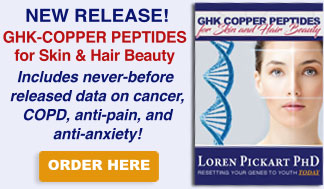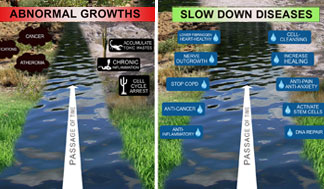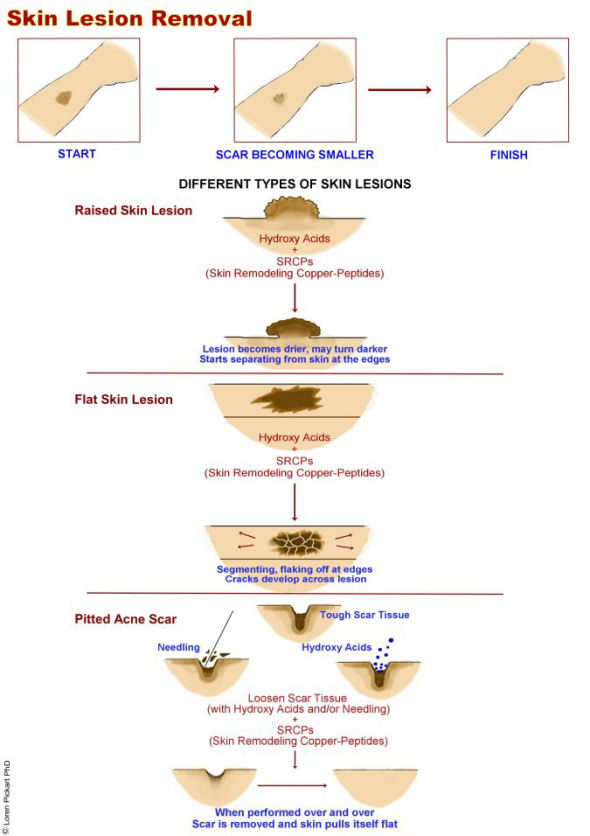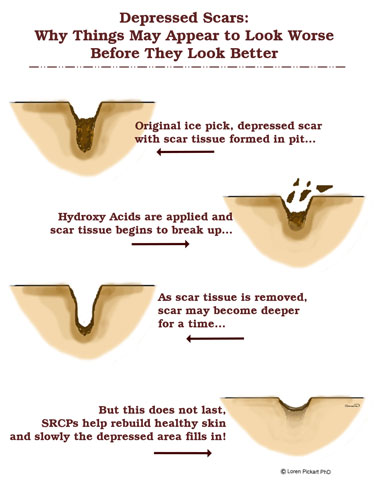Search Skin Biology
Better Results After Chemical Skin Peels
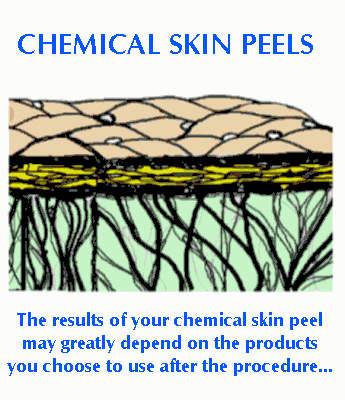 |
Normal facial chemical peels can produce severe irritation that leads to scars and prolonged redness. Simple coverings such as petrolatum may not stop the development of redness and inflammation.
So while peels remove blemishes and dead skin, subsequent skin rebuilding may be inhibited which can result very thin skin.
Chemical peels are usually followed with some type of moisturizer and/or anti-inflammatory lotion to reduce irritation. Clinics and salons tell us that have found that Copper Peptides can improve skin recovery.
1. Normal peels can produce severe irritation that leads to scars and prolonged redness. Simple coverings such as petrolatum do not stop the development of redness and inflammation.
2. Peels followed by cortisone used as an anti-inflammatory often defeat their purpose since the cortisone inhibits skin repair. So while the peels remove blemishes and dead skin, the subsequent skin rebuilding is inhibited. This can produce very thin skin.
3. Copper peptides supply nutritional copper to the skin. Wound healing studies have found that tissue copper increases prior to skin healing. If the copper does not increase, then healing is incomplete and leaves residual scars.
4. In cooler climates, stronger copper peptide products tend to be used more followed by emu oil or squalane.
5. In hot climates, moderate strength copper peptide products tends to be used used after the peels. This contains copper peptides and high levels of squalane and octyl palmitate as skin protectants.
6. Copper peptide products are used within two hours after the peel, then on a twice daily basis. The products are used lightly.
Featured Topics
Skin Remodeling is the Key to Scar Reduction
The removal or reduction of scars, lesions, and stretch marks from the skin depends on a process called "skin remodeling". The skin is designed to heal wounds quickly to prevent blood loss and infection.
Scars are manufactured from a rapidly formed "collagen glue" that the body deposits into an injured area for protection and strength. In ideal skin healing, the wounded skin is rapidly closed, then the healed area is slowly reconstructed to remove the residual collagen scars and blend the skin area into nearby skin.
Scar collagen is removed and replaced with a mixture of skin cells and invisible collagen fibers. This skin remodeling may continue in a skin area for ten years. In children the remodeling rate is high and scars are usually rapidly removed from injured skin areas.
But as we reach adulthood, this rate diminishes and small scars may remain for years. One way to accelerate remodeling is to induce a small amount of controlled skin damage with a needle, laser, or other means, and then let the body repair processes rebuild the skin area.
Questions or Advice?
Email Dr. Loren Pickart: drlorenpickart@gmail.com
Call us at 1-800-405-1912 Monday through Friday (8 am to 6 pm) PST










